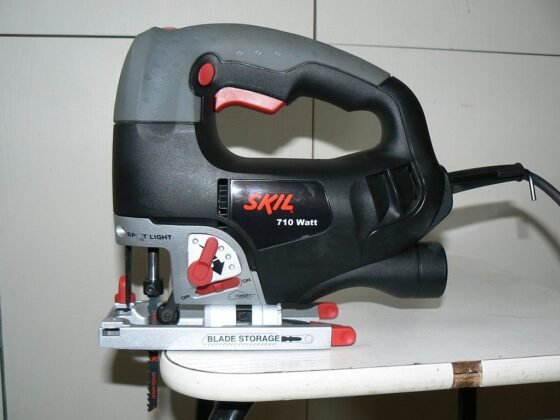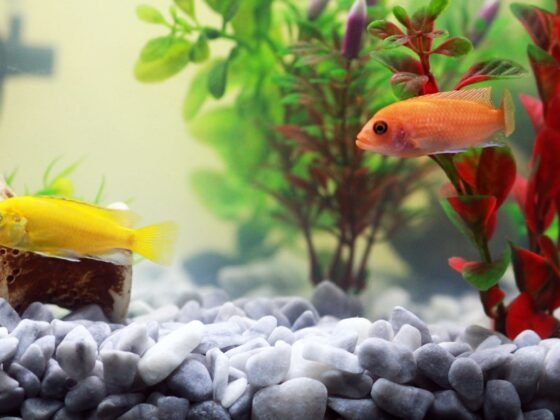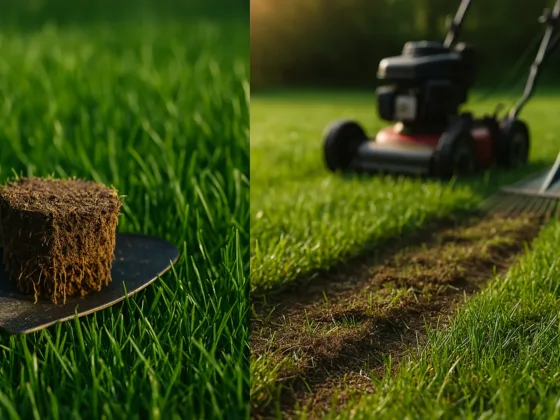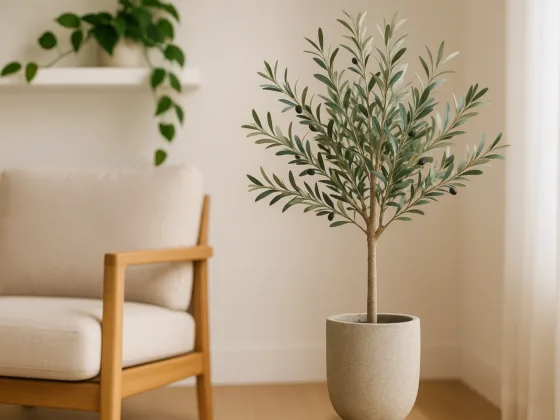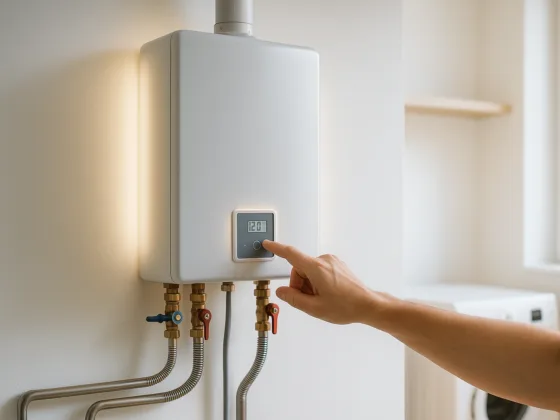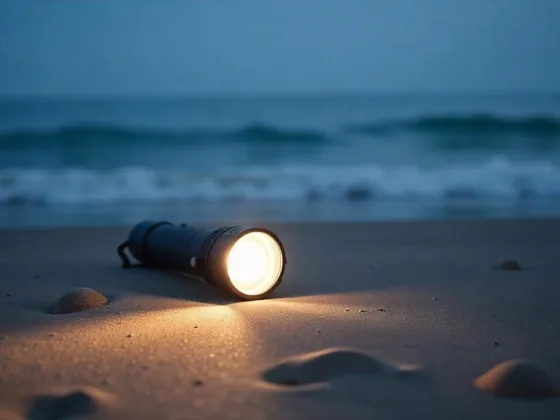Table of Contents Show
One of the most inventive solutions to contain flooding is the use of soakaway crates. These offer a better solution to allow seepage of water, compared to pits.
Builders for both domestic and commercial buildings no longer use the old-fashioned pits or ditches filled with gravel.

Instead, they use soakaway crates. Pits and ditches gather soil and debris with time which limits their effectiveness.
With soakaway crates, however, water is drained correctly to prevent flooding, without spoiling the system with soil or debris, to create one effectively, you can visit EasyMerchant for more information.
You might be wondering where exactly are soakaway crates used. This guide helps you understand what they are and where they are used.
What Are Soakaway Crates?
Also known as an attenuation crate, a soakaway crate is simply a plastic crate designed to allow water percolation through the soil.
These crates which are cubes built up of a plastic framework with a grid-like formation, are an invention to facilitate water drainage.
The gridlike formation offers these crates stability and contains numerous gaps to allow water to sleep through.
These cellular crates act as an underground reservoir that collects persistent rain, delaying it from entering the ground.
By delaying water seepage into the soil, the plastic framework successfully prevents clogging of water which can cause build-up, which in turn causes flooding.
This prevents the ground from becoming saturated, which if it occurs, can prevent percolation.
Where Are Soakaway Crates Used?
1. Urban Areas
In urban areas, it is imperative for the water management system to be in top condition. Considering the high number of buildings in urban areas, you can understand why they have fewer permeable surfaces.
This leads to a problem of water seepage caused by increased pressure on the drainage systems. A drainage system that is not working well, allows issues such as flooding, bursting, splitting, or cracking of pipes.
In urban areas where owners have no right to connect their drainage to a sewer, having soakaway crates offer a great alternative to help manage surface runoff water.
You ought to know that if you have a project involving hard landscaping you might need to provide a Sustainable Urban Drainage System (SUDS) for surface water.
Such a measure ensures the collection of surface water where it falls, then reused where possible.
Read Also:
2. In Areas Experiencing High Surface Water or Runoff Levels
Should you be constructing within an area where there are high levels of surface water and are wondering how you can manage the drainage to make the area habitable, you can use soakaway crates.
By installing these in the ground, you can remove the burden created by runoff water on the drainage system. Soakaway crates in these situations allow an alternative drainage solution.
If you are worried about runoff water overwhelming the drainage system, you could use soakaway crates in these areas to help the water seep slowly into the ground instead of through the drainage system.
3. Areas Where There Is Heavy Construction
During construction, impermeable construction materials are used, which replace the soft permeable ground that allows drainage.
This means that areas, where a lot of construction is performed, have a high likelihood of flooding unless mitigation efforts are provided. One of the best alternatives to help with drainage is the use of soakaway crates.
Demand for housing, warehouses, workspace, and many other construction projects continue to rise as years go by.
This has increased construction, which affects the natural drainage of rainwater. Water pooling in such areas is possible and can cause related problems like rising of river levels and more catastrophic issues such as flooding downstream.
It would, therefore, be helpful to have soakaway crates installed to control any rising water drainage problems.
When greenfield sites are developed, the likelihood of flash flooding increases. This is because such areas allow rainwater to enter water systems at a quicker unnatural rate.
Any development project has a plan to manage excess rainfall in the developed area. A setup is constructed to contain the excess rainwater, then release it to the watercourse at a controlled natural rate.
By adding a soakaway crate system on such areas, you can significantly reduce the risk of flash flooding and drain surface water off the ground.
According to the information above, it’s easy to know where soakaway crates are used. Some areas include:
- Roads
- car parks
- pavements
- Stadiums
- Shopping centers
It is important to know that soakaway crates should be installed at least 5 meters away from a road and buildings, as per Building Regulations Part H3.
It is required also that the attenuation crate be placed 2.5 meters away from a boundary.
It is worth noting that soakaway crates offer a sturdy, stable, long-term solution as compared to other solutions.
If you are looking for a strong, durable fit to manage drainage in the mentioned areas, you should consider soakaway crates since they’ll save you from flooding disasters and expenses incurred from related damages.
